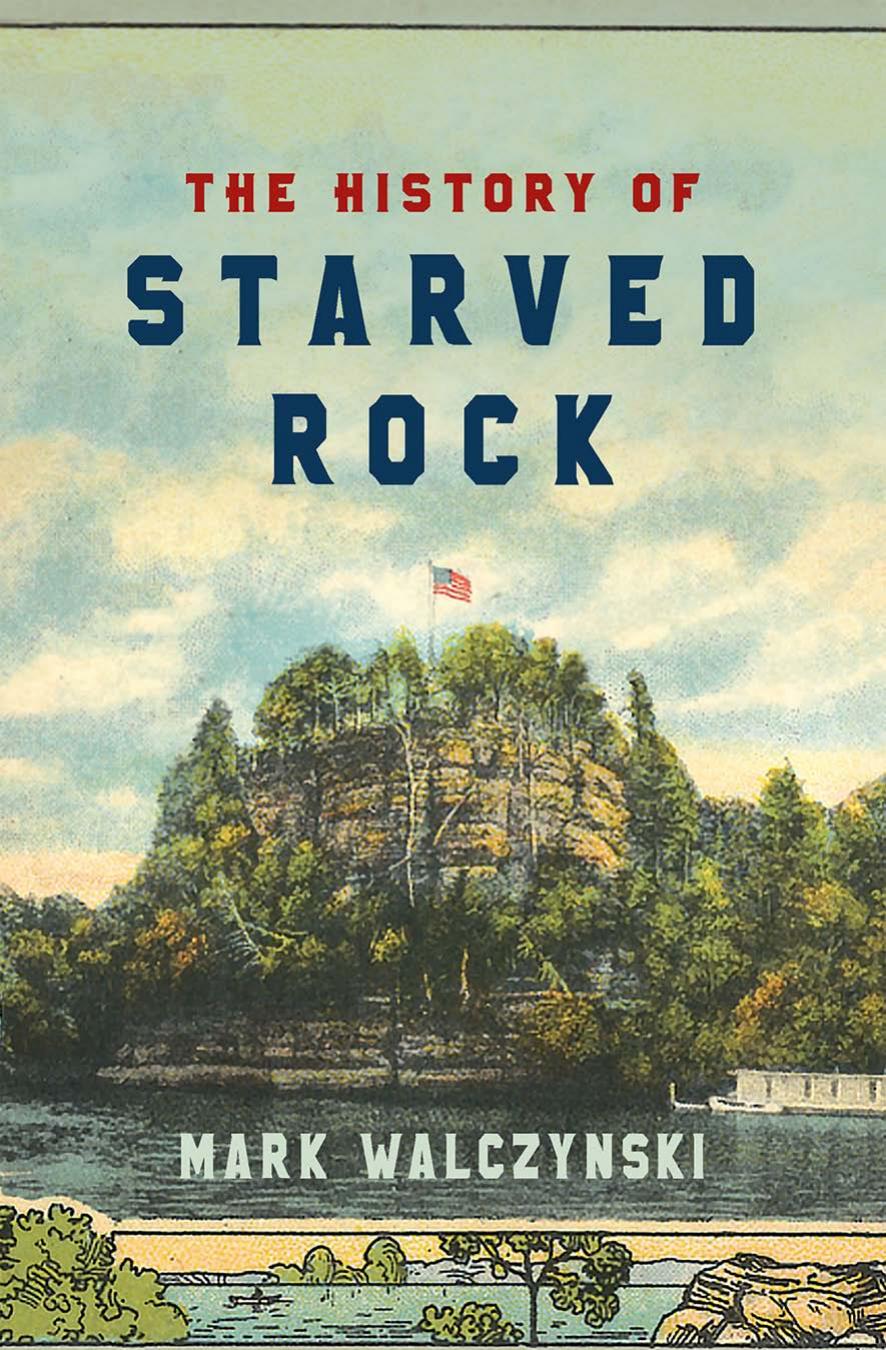The History of Starved Rock by Mark Walczynski

Author:Mark Walczynski [Walczynski, Mark]
Language: eng
Format: epub, pdf
Tags: History, Indigenous Peoples of the Americas, United States, State & Local, Midwest (IA; IL; IN; KS; MI; MN; MO; ND; NE; OH; SD; WI)
ISBN: 9781501748240
Google: nbFWxgEACAAJ
Publisher: Cornell University Press
Published: 2020-01-15T01:10:28+00:00
8
1730â1776: We Leave, Never to Return
(Nimecimehkaamina)
By 1730 Starved Rock was a well-known landmark, and as such was a familiar reference point in the vast wilderness of the West. The site gave travelers, traders, missionaries, and French officials a sense of geographical perspective. For example, in a document written by the commandant at Detroit, the Mesquakie were reported âfighting with the illinois,â between Le Rocher (Starved Rock) and Ouiatanon, a designated place between two known points amid a great expanse of wilderness.1 Governor Beauharnois and Intendant Hocquart used Starved Rock as a reference in writing to the French minister about the death of a great Cahokia chiefâs son, âsome of their peopleâ had been burned near Le Rocher, on the Illinois River. In 1731 the Intendant wrote to the French Minister that the Mesquakie had been defeated in a plain located between the Wabash and Illinois Rivers, about sixty leagues south of the southern shore of Lake Michigan, âto The East South East of le Rocher in the Illinois Country.â2 Further, as a noteworthy and recognized place, Starved Rock had been chosen as one of three possible sites where the French administration in Canada had considered hosting a grand council of the tribes from Louisiana and Canada.3 Le Rocher was an important geographical marker, a notable and unmistakable landmark, and a point on the globe that was familiar to Frenchmen and Indians alike.
By 1732 nearly all Peoria Indians were living at villages in the Illinois Valley, at either Starved Rock or at Lake Peoria.4 That year, according to one account, there were sixty cabins of Peoria, or about 1,200 people, resettled at Starved Rock.5 It is unlikely that 1,200 people were living at Starved Rock at this time as there were only approximately 1,700 Peoria Indians alive a decade earlier, a point in time that marked a decade of dramatic decline in population of all Illinois subtribes.6 This does demonstrate, however, that some Peoria Indians had returned to Starved Rock to establish a semi-permanent summer village.7
For the Illinois, especially the Peoria and possibly some Cahokia living at Starved Rock, it appeared that the Mesquakie threat had been extinguished. Realistically, the upper Illinois Valley should have been a safer place to live. French and allied engagements against the Mesquakie now would be offensive, to utterly destroy the tribe if necessary. To this, Canada governor Beauharnois wrote, âAlthough I have granted [the remnant of the Foxes] their lives on the condition that I have the honor of mentioning to you [French Minister of Marine], The savages [the French allies] appear to me to be inclined to wipe out that race, and I shall Maintain them in that disposition if the Renards [the Mesquakie] fail to do what they promised me.â8 The village at Starved Rock would be a base of operations for these actions.
During the winter of 1731â1732 a war party of Christian Iroquois and Wendat, with logistical support provided by Henri-Louis Deschamps de Boishébert, commandant at Detroit, attacked a Mesquakie village located in southwest Wisconsin, killing approximately seventy men and eighty women and children.
Download
The History of Starved Rock by Mark Walczynski.pdf
This site does not store any files on its server. We only index and link to content provided by other sites. Please contact the content providers to delete copyright contents if any and email us, we'll remove relevant links or contents immediately.
| Canada | Caribbean & West Indies |
| Central America | Greenland |
| Mexico | Native American |
| South America | United States |
Cat's cradle by Kurt Vonnegut(15256)
Pimp by Iceberg Slim(14433)
4 3 2 1: A Novel by Paul Auster(12329)
Underground: A Human History of the Worlds Beneath Our Feet by Will Hunt(12052)
The Radium Girls by Kate Moore(11970)
Wiseguy by Nicholas Pileggi(5707)
The Fire Next Time by James Baldwin(5380)
Perfect Rhythm by Jae(5354)
American History Stories, Volume III (Yesterday's Classics) by Pratt Mara L(5274)
Paper Towns by Green John(5136)
Pale Blue Dot by Carl Sagan(4953)
A Higher Loyalty: Truth, Lies, and Leadership by James Comey(4905)
The Mayflower and the Pilgrims' New World by Nathaniel Philbrick(4458)
The Doomsday Machine by Daniel Ellsberg(4449)
Killers of the Flower Moon: The Osage Murders and the Birth of the FBI by David Grann(4409)
The Sympathizer by Viet Thanh Nguyen(4338)
Too Much and Not the Mood by Durga Chew-Bose(4302)
The Borden Murders by Sarah Miller(4275)
Sticky Fingers by Joe Hagan(4143)
